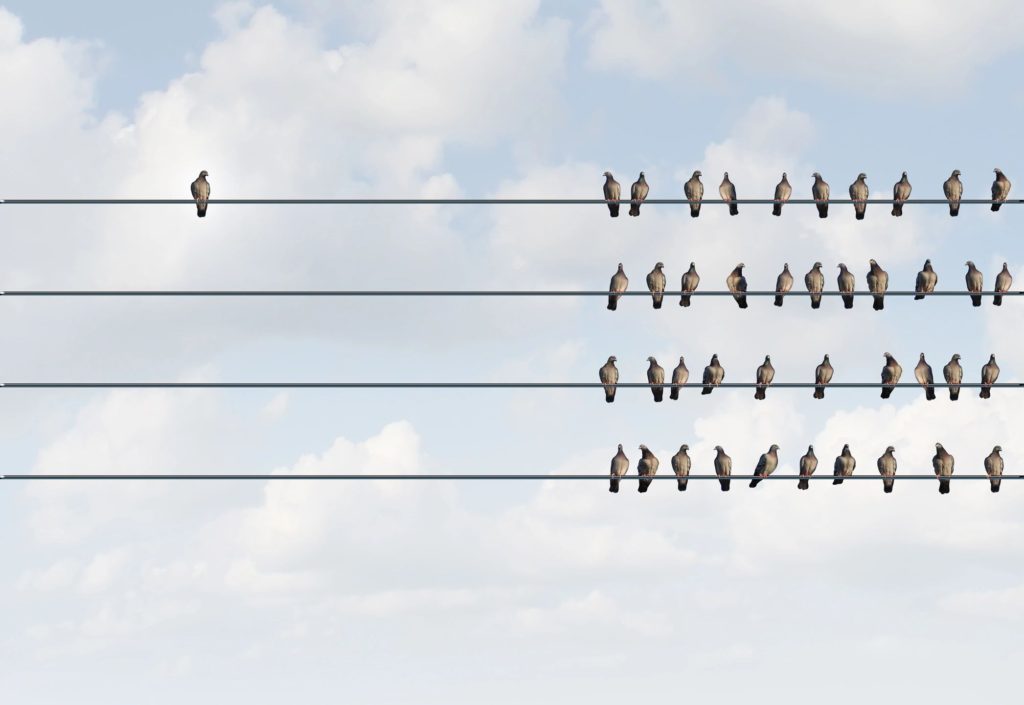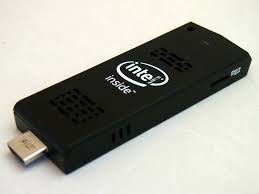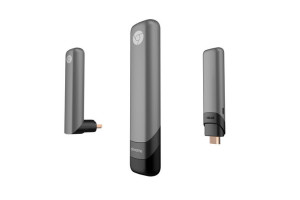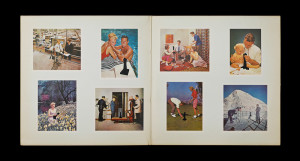
Posting on social media can feel like you’re sending up hundreds of trial balloons. Which will return?
Today I want to share some thoughts with you about a writer’s role on social media. I’ll start with my experience and understanding of it, but I’m very curious to know what your thoughts and experiences are, so there are lots of questions for you at the end. Also, just to say, whatever you put on the internet, look into using something like a privacy tool to help reduce the risk of your data or any other form of work being stolen or invaded. It’s just about being safe online.
I’ve been very active in social media since 2006 and MySpace. I liked MySpace a lot. It was new and fun, and I dove right into it as soon as I signed my first book contract. Author book promotion was in its infancy, and I gained reader, writer, and social connections. Other emerging writers and I were all trying to figure out book promo/social networking together. I blogged there several times a week, usually writing long, long pieces that were very essay-like. Telling stories on myself. Talking about learning to write, and the publishing process. When MySpace began to wane, I—and many other folks—drifted to Crimespace and eventually Facebook. Group blogs like Jungle Red Writers and Murderati sprang up. (Forgive me if I don’t know when Kill Zone began, but I know someone here will be able to say.) I started my own Blogspot blog, where I added interviews and book reviews. Last year, I moved my blog to my (fourth) website.
That all sounds like ancient history doesn’t it? Maybe I’m just old, but the pace of change on the Internet sometimes feels inconceivably fast. The rules—especially the rules for author promotion–change constantly. But the biggest rule is that there are no rules because things move so quickly that there’s little time for non-professionals to figure out what works before things change again. You would think publishers would have entire departments full of professionals that have this stuff figured out, but you would be wrong.
There’s a genuine expectation—sometimes stated, sometimes just understood—for authors to be active on social media. For now, author social media outlets have stabilized: Facebook, LinkedIn, Twitter, Pinterest, Instagram, Goodreads. I don’t know many authors who are very active on Google +, or Snapchat—well, I tried Snapchat and it made me crazy. Some Instagram authors can also use websites like Kenji to boost their content out to people that it would never reach before and may even one day become a key influencer because of it! If there are other very active platforms, please let us know. (Oh, and if someone could help me figure out Instagram Stories so I don’t end up just taking live video of my shoes until I freak out and turn it off, I’d be eternally grateful.)
While many people in the writing/publishing business strongly believe that social media doesn’t sell books, some folks disagree. I’ve put up a lot of links here, but if you want to save a few clicks, here’s the gist: Social media is there to build relationships. The aspect of building relationships is key, no matter on what industry you work within. Take a look at examples of Digital Transformation to see why this is important and how you can use it to your advantage.
People with whom you have relationships will like you. If they like you AND you spend at least 80% of your time giving them great “content” they will tolerate the 20% of time you spend promoting your work. But the conversion rate will be less than 2%, which means you’re selling yourself and your time very, very cheaply. But folks truly dislike a hard sell. Many of the people who say you can sell books through social media want you to pay them to tell you how to do it, and they won’t give you quantifiable forecasts.
(Traditionally published books still sell best through tried and true methods like word-of-mouth, tv, radio, magazine, and web ads, vertical marketing to influencers like librarians and booksellers, hand-selling, and peer reviews. But almost none of those methods is free, and it’s only rational that publishers would prefer free methods that rely on author execution to methods that cost money.)
What is content? Content is added value, often in the form of information: lists, quizzes, articles, expertise, audio or video entertainment, memes, blogs, observations. Given the 80/20 rule, if you do fifty posts in a week, the theory is that at least forty of them should be content and not mention your work at all. Ideally, the content should be at least tangentially related to your field of expertise or the lifestyles of your audience. But even if you automate those posts with Buffer or HootSuite or some other social media-scheduling program, it takes time to curate that content.
A brief cautionary tale: A self-published writer I know spends a lot of time posting on Instagram, but I’d say 80-90% of the writer’s posts are specifically about the book. They’re quotes formatted as memes, or pictures of the cover, or bits of dialogue taken out of context and framed with artistic graphics. The posts are careful and attractive, but I gloss over them, and even find myself a little angry at having to scroll past them every time I log onto Instagram. If the 80/20-percentage figure is at all valid, it’s completely upside down. And the writer uses a blue million hashtags, but only ever gets 10 or 11 likes. I can only imagine how much time the writer spends creating those posts (or perhaps the writer pays for them). Plus, even though it almost looks like content, it’s not, and is off-putting.
There are two big dangers for me when it comes to content. I spend a lot of time crafting my blog posts. This one (I’m adding this bit in editing) has taken me about 3.5 hours, and I’ll spend at least another 45 minutes editing and posting it. On my own daily blog, it’s a challenge to come up with fresh concepts. Then there’s finding the right photos, adding links, and pumping up the SEO. Unfortunately there’s no way to quantify the ROI on publishing blog posts. Another particular danger for me is rabbit holes. Ideally, I like to spend about thirty minutes online in the morning checking out news stories and resources for my own amusement and edification—but I often spend an hour or more. Usually, I’ll manage to bookmark only one or two links to pass on to social media. But which ones to choose?
I read a lot of crime news stories—many are too sensitive or explicit to share without grossing people out over their morning coffee. But I also read some politics (no, never post about that), bits of history and archeology, and stories about textiles or architecture. I’ll occasionally post about writing and books. Nearly everyone likes books. But I don’t think of my personal blog audience as being full of writers. I’m not selling books on writing, and few people who aren’t writers care about writing motivation, or how to build a character. So I save the writer-centric stuff for here or my own blogs about the writing life.
Making content choices is tough. And how much me should my audience have to bear? Where is the balance between plucking out articles that might interest the people who might be interested in my writing, and sharing bits of my life that might actually make me human and likeable? The whole thing feels a bit cynical to me.
I do like this quote from Amy Cuddy’s deservedly influential book, Presence: Bringing your Boldest Self to your Biggest Challenges. “When we are trying to manage the impression we’re making on others, we’re choreographing ourselves in an unnatural way. This is hard work, and we don’t have the cognitive and emotional bandwidth to do it well. The result is that we come across as fake.”
Coming off as fake is never, ever good.
As someone born in the sixties at the tail end of the baby boom, I grew up reading books and newspapers, and watching television and films. No one knew anything about authors. They rarely showed up on television, and if they did, they were already super famous. It was a time when public images were carefully crafted by publicists, agencies, network people, and record labels. Image crafting now begins at birth. Children—and not just celebrity children—have their own Snapchat and Instagram accounts curated by their parents. Soon after, kids learn how to use phone cameras, and take selfies. And they’re not posting pictures of their dirty bedrooms. They’re curating their lives, using images for complaints (school lunches) or self-gratification (I’m wearing blue and puce eyeliner every day this week, and check out my #hairfail hahaha!). They learn early to make their lives appear as they want them to appear. Who knows what’s real?
An entire generation is learning to promote without actually having something to promote. We writers have a LOT of competition for time, interest, and dollars. (Because a lot of people on social media are selling something, or their sponsors are.)
Personally, I don’t remember ever purchasing a book after seeing it on the author’s social media, unless I had already planned to buy the book. Fiction writers seriously are not the best representatives of their own writing—and, of course, their ultimate goal is always to sell me their books. I’m more likely to buy books after reading reviews, associated news stories or essays, coming upon compelling covers, or listening to word-of-mouth from booksellers or friends (sometime even social media friends), or other people I respect.
I buy into the notion that maintaining an active social media presence—including one on one contact through newsletters—is part of a professional writer’s job. But how little is not enough, and how much is too much?
All right. I asked for your help, but I’ve done a whole lot of talking. Now it’s your turn. I have many discussion questions, so feel free to pick and choose. I can’t wait to read what you have to say.
How important is it for a writer to have a strong social media presence?
If you participate, are you programmatic about it?
Do you enjoy it?
How much time do you spend on it daily, and/or weekly?
Who are some writers that you see doing a great job at social media?
And the $64,000 question: Have you ever bought a book because of an author’s social media posts?
**Photos via GoDaddy Stock




